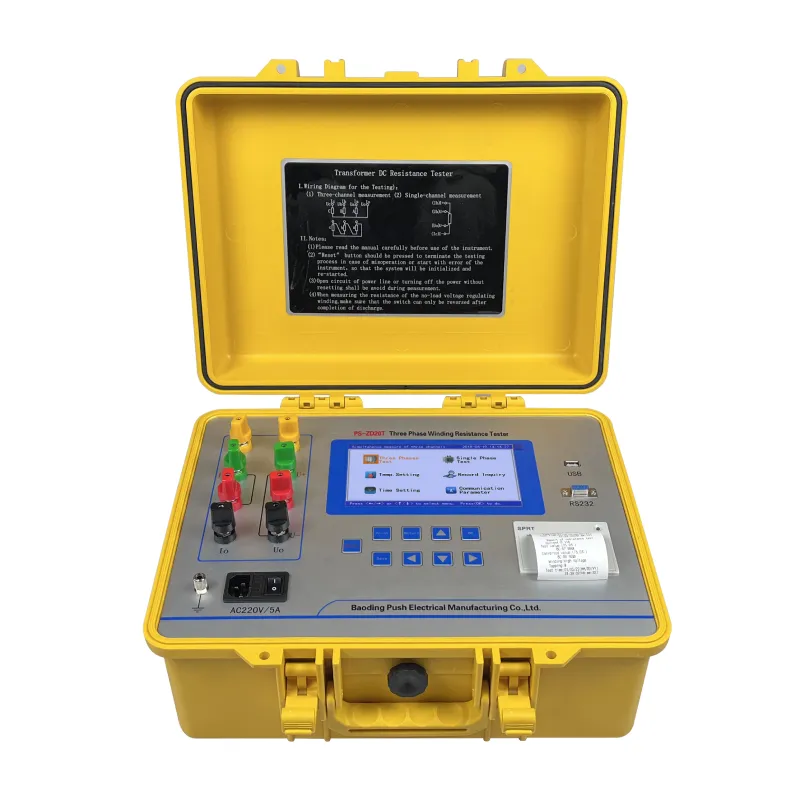 English
English



-
 Afrikaans
Afrikaans -
 Albanian
Albanian -
 Amharic
Amharic -
 Arabic
Arabic -
 Armenian
Armenian -
 Azerbaijani
Azerbaijani -
 Basque
Basque -
 Belarusian
Belarusian -
 Bengali
Bengali -
 Bosnian
Bosnian -
 Bulgarian
Bulgarian -
 Catalan
Catalan -
 Cebuano
Cebuano -
 China
China -
 China (Taiwan)
China (Taiwan) -
 Corsican
Corsican -
 Croatian
Croatian -
 Czech
Czech -
 Danish
Danish -
 Dutch
Dutch -
 English
English -
 Esperanto
Esperanto -
 Estonian
Estonian -
 Finnish
Finnish -
 French
French -
 Frisian
Frisian -
 Galician
Galician -
 Georgian
Georgian -
 German
German -
 Greek
Greek -
 Gujarati
Gujarati -
 Haitian Creole
Haitian Creole -
 hausa
hausa -
 hawaiian
hawaiian -
 Hebrew
Hebrew -
 Hindi
Hindi -
 Miao
Miao -
 Hungarian
Hungarian -
 Icelandic
Icelandic -
 igbo
igbo -
 Indonesian
Indonesian -
 irish
irish -
 Italian
Italian -
 Japanese
Japanese -
 Javanese
Javanese -
 Kannada
Kannada -
 kazakh
kazakh -
 Khmer
Khmer -
 Rwandese
Rwandese -
 Korean
Korean -
 Kurdish
Kurdish -
 Kyrgyz
Kyrgyz -
 Lao
Lao -
 Latin
Latin -
 Latvian
Latvian -
 Lithuanian
Lithuanian -
 Luxembourgish
Luxembourgish -
 Macedonian
Macedonian -
 Malgashi
Malgashi -
 Malay
Malay -
 Malayalam
Malayalam -
 Maltese
Maltese -
 Maori
Maori -
 Marathi
Marathi -
 Mongolian
Mongolian -
 Myanmar
Myanmar -
 Nepali
Nepali -
 Norwegian
Norwegian -
 Norwegian
Norwegian -
 Occitan
Occitan -
 Pashto
Pashto -
 Persian
Persian -
 Polish
Polish -
 Portuguese
Portuguese -
 Punjabi
Punjabi -
 Romanian
Romanian -
 Russian
Russian -
 Samoan
Samoan -
 Scottish Gaelic
Scottish Gaelic -
 Serbian
Serbian -
 Sesotho
Sesotho -
 Shona
Shona -
 Sindhi
Sindhi -
 Sinhala
Sinhala -
 Slovak
Slovak -
 Slovenian
Slovenian -
 Somali
Somali -
 Spanish
Spanish -
 Sundanese
Sundanese -
 Swahili
Swahili -
 Swedish
Swedish -
 Tagalog
Tagalog -
 Tajik
Tajik -
 Tamil
Tamil -
 Tatar
Tatar -
 Telugu
Telugu -
 Thai
Thai -
 Turkish
Turkish -
 Turkmen
Turkmen -
 Ukrainian
Ukrainian -
 Urdu
Urdu -
 Uighur
Uighur -
 Uzbek
Uzbek -
 Vietnamese
Vietnamese -
 Welsh
Welsh -
 Bantu
Bantu -
 Yiddish
Yiddish -
 Yoruba
Yoruba -
 Zulu
Zulu
need of power quality monitoring
The Need for Power Quality Monitoring
Electricity is the backbone of modern civilization, powering everything from residential homes to industrial complexes. However, the quality of this power is critical and often overlooked. Power quality monitoring has emerged as an essential practice for ensuring the reliability and efficiency of electrical systems. This article highlights the necessity of power quality monitoring, its impact on various sectors, and the technologies employed to enhance power quality.
Understanding Power Quality
Power quality refers to the instantaneous voltage, current, and frequency characteristics of the electrical supply. Various issues can lead to poor power quality, including voltage sags, swells, interruptions, harmonics, and imbalances. These disturbances not only affect the performance of electrical appliances but can also lead to significant economic losses, equipment failure, and safety hazards.
The Economic Impact of Poor Power Quality
The financial implications of poor power quality are substantial across various industries. For manufacturers, production losses due to voltage sags can result in substantial downtime, which directly affects their bottom line. The cost of equipment failure due to electrical disturbances can be exorbitant, not to mention the loss of customer trust and market reputation. According to estimates, businesses in industries like manufacturing, data centers, and healthcare can incur millions in losses annually due to inadequate power quality.
Ensuring Equipment Longevity
Monitoring power quality is crucial for the longevity of electrical equipment. Sensitive devices such as programmable logic controllers (PLCs), variable frequency drives (VFDs), and computer servers require stable power to function optimally. Fluctuations in power quality can lead to premature wear and tear, significantly shortening the lifespan of expensive equipment. Regular power quality assessments help in identifying vulnerabilities and implementing corrective measures, thereby extending the operational life of crucial assets.
need of power quality monitoring

Regulatory Compliance and Standards
Various industries are subject to regulatory standards that require maintaining specific power quality levels. Compliance with standards set by organizations such as the Institute of Electrical and Electronics Engineers (IEEE) and the International Electrotechnical Commission (IEC) is essential for industries like telecommunications, manufacturing, and healthcare. Continuous monitoring ensures adherence to these standards, helping businesses avoid penalties and legal repercussions while fostering trust with stakeholders.
Technologies for Power Quality Monitoring
Advancements in technology have significantly enhanced the capabilities of power quality monitoring. Modern monitoring systems employ sophisticated sensors and analytics to continuously assess power quality parameters. Smart grids, equipped with real-time data analytics, allow for immediate detection of disturbances and automated responses to mitigate impacts. These technologies not only enable immediate corrective actions but also facilitate predictive maintenance strategies, further minimizing downtime and enhancing reliability.
Moreover, cloud-based monitoring systems provide centralized data analytics, enabling businesses to assess power quality metrics over time and make informed decisions regarding infrastructure investments. Utilizing machine learning algorithms, these systems can predict potential issues before they become critical, empowering organizations to proactively manage their power quality.
Conclusion
In conclusion, power quality monitoring is not just an optional enhancement but a fundamental requirement in today's electrified world. As industries become increasingly dependent on electronic devices and systems, the need for reliable and high-quality power cannot be overstated. By investing in power quality monitoring solutions, businesses can safeguard their equipment, comply with regulations, and ultimately enhance their operational efficiency and profitability. As we move towards a more electrified future, the focus on power quality will only intensify, making it imperative for organizations to recognize its importance and take proactive steps to ensure optimal power conditions.
-
Testing Equipment Industry Sees Major Advancements in 2025: Smart & Precision Technologies Lead the WayNewsJun.06,2025
-
Applications of Direct Current Generators in Renewable Energy SystemsNewsJun.05,2025
-
Hipot Tester Calibration and Accuracy GuidelinesNewsJun.05,2025
-
Digital Circuit Breaker Analyzer Features and BenefitsNewsJun.05,2025
-
Benefits of Real-Time Power Quality Monitoring Devices for Industrial EfficiencyNewsJun.05,2025
-
Earth Fault Loop Testing in High-Rise Building Electrical SystemsNewsJun.05,2025



